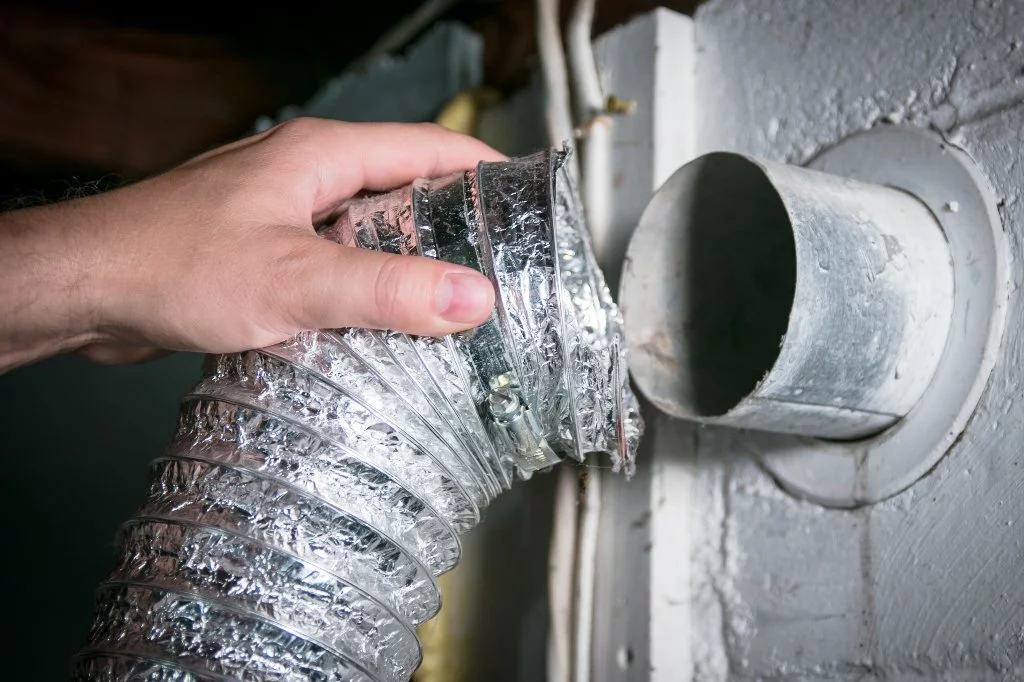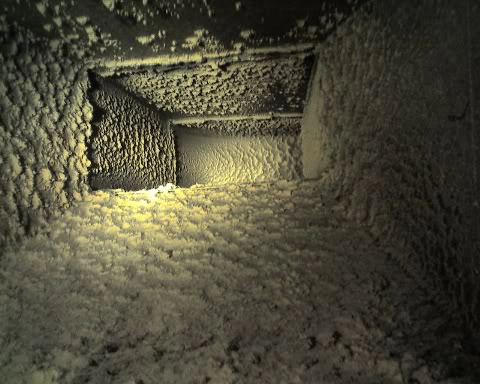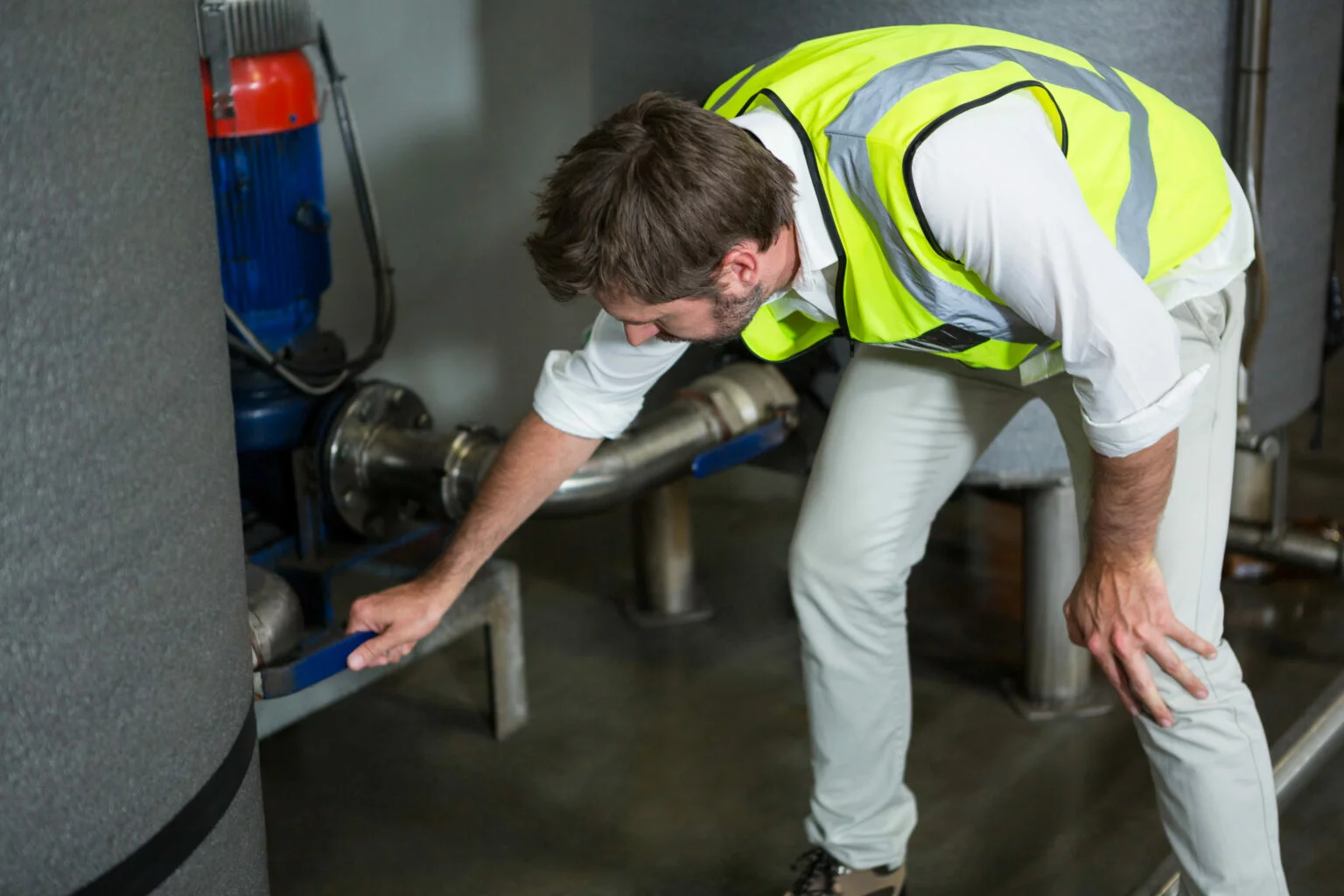Many homeowners often overlook dryer vent cleaning, but neglecting this essential maintenance task can pose significant risks to both your home and your family. Clogged dryer vents not only reduce the efficiency of your appliance but also create fire hazards and other safety concerns. Understanding the risks involved can help motivate you to prioritize this essential aspect of home care.
Dryer vents accumulate lint, dust, and debris over time. This buildup can obstruct airflow, causing your dryer to work harder to expel moisture. Inefficient drying cycles can lead to increased energy bills and may cause undue wear on your appliance. Regular dryer vent cleaning is vital for ensuring your dryer operates efficiently, which saves you money and prolongs the life of your machine.
Fire Hazards
One of the most alarming risks of neglecting dryer vent cleaning is the potential for fires. When lint accumulates, it can block the airflow, creating excessive heat that ignites the lint and other combustible materials.
By regularly cleaning your dryer vent, you significantly reduce the risk of a devastating fire in your home. It is advisable to schedule professional dryer vent cleaning at least once a year, especially if your dryer sees frequent use.
Health Risks
In addition to fire hazards, neglecting dryer vent and air duct cleaning can pose health risks for your family. Clogged dryer vents can lead to increased humidity levels in your home, creating an ideal environment for mold and mildew growth. These fungi can affect indoor air quality and trigger allergic reactions or respiratory issues for sensitive individuals.
Furthermore, dirty air ducts can circulate dust, allergens, and other harmful particles throughout your home. Regular air duct cleaning helps to maintain a healthier indoor environment, reducing the risk of asthma attacks and other respiratory problems.
Increased Energy Costs
A neglected dryer vent requires more energy to operate efficiently. When lint accumulates, the dryer must work harder and run longer to dry clothes effectively. This results in higher utility bills. By investing in regular dryer vent cleaning, you ensure that your appliance functions optimally, reducing energy consumption and saving you money in the long run.
Unpleasant Odors
Another sign that your dryer vent needs cleaning is the presence of unpleasant odors. If you notice a musty smell when your dryer is running, it is likely due to lint buildup or moisture trapped in the vent. This not only affects your laundry but can also indicate more serious underlying issues, such as mold growth. Regular cleaning can eliminate these odors, ensuring that your laundry smells fresh and clean.
Signs Your Dryer Vent Needs Attention
To avoid the risks associated with neglecting dryer vent cleaning, be aware of the following signs that your vent may need immediate attention:
- Long Drying Times: If your clothes are taking longer than usual to dry, it is a sign of reduced airflow due to lint buildup.
- Hot Dryer Exterior: If your dryer feels excessively hot to the touch, it could indicate a blockage.
- Lint Accumulation: Finding lint around the dryer or in the vent is a clear indicator that cleaning is necessary.
- Burning Smell: A burning odor during operation is a serious warning sign and should be addressed immediately.
Neglecting dryer vent cleaning can lead to serious risks, including fire hazards, health issues, increased energy costs, and unpleasant odors. Regular maintenance is essential for ensuring the safety and efficiency of your dryer and home. In addition to dryer vent cleaning in Orlando, FL, consider scheduling air duct cleaning to further improve indoor air quality and safety.
Keep Your Vent and Air Ducts Clean
Protect your home and family by prioritizing these essential maintenance tasks. By investing in our professional vent and air duct cleaning services, you can enjoy peace of mind knowing that your home is safe, healthy, and efficient. Contact us today to learn more about our professional dryer vent and air duct cleaning in Orlando and its surrounding areas.
Discover essential tips for better home air quality

Get Your Free Estimate Now
Discover how our expert air duct cleaning can improve your home's air quality today!




